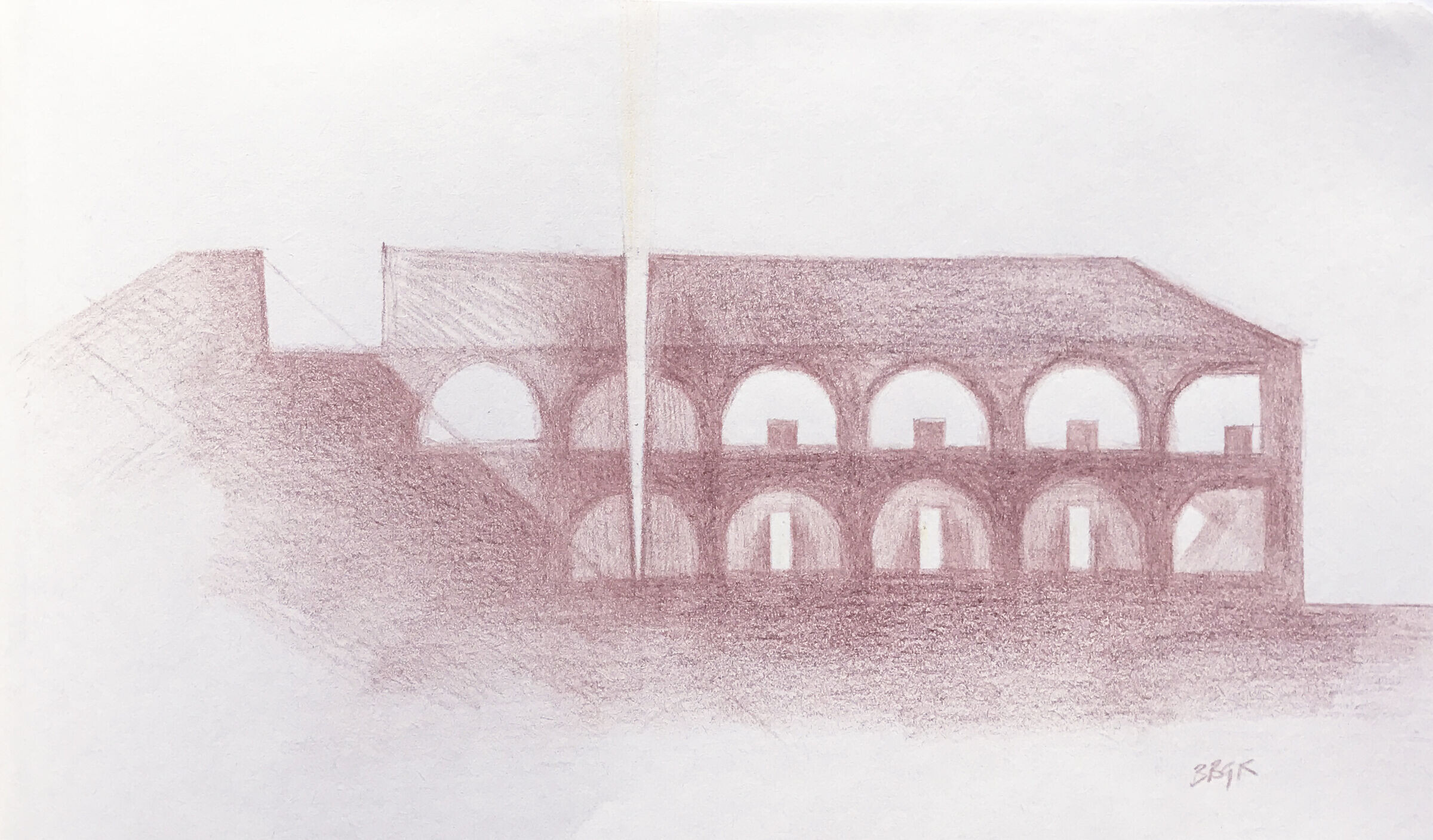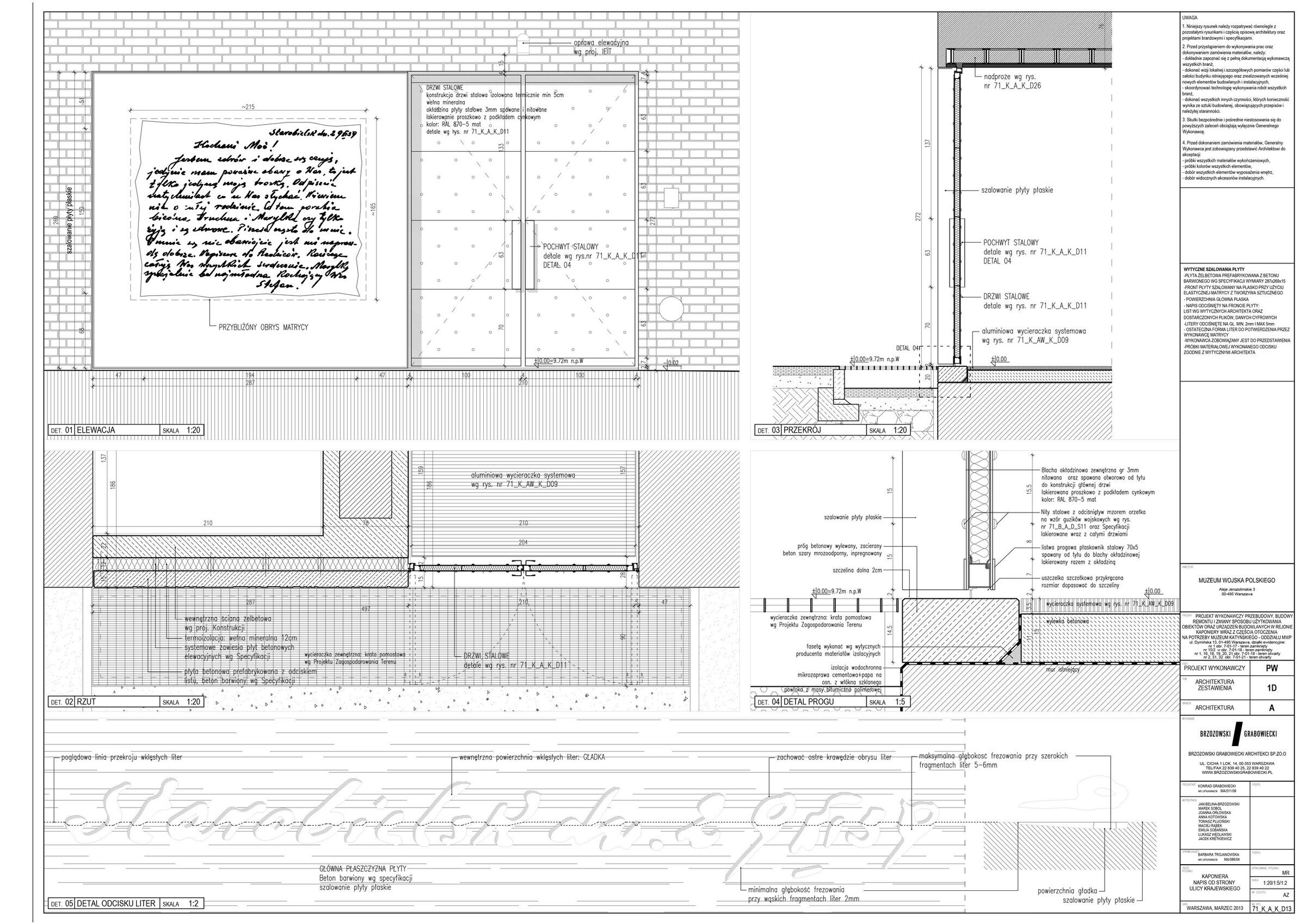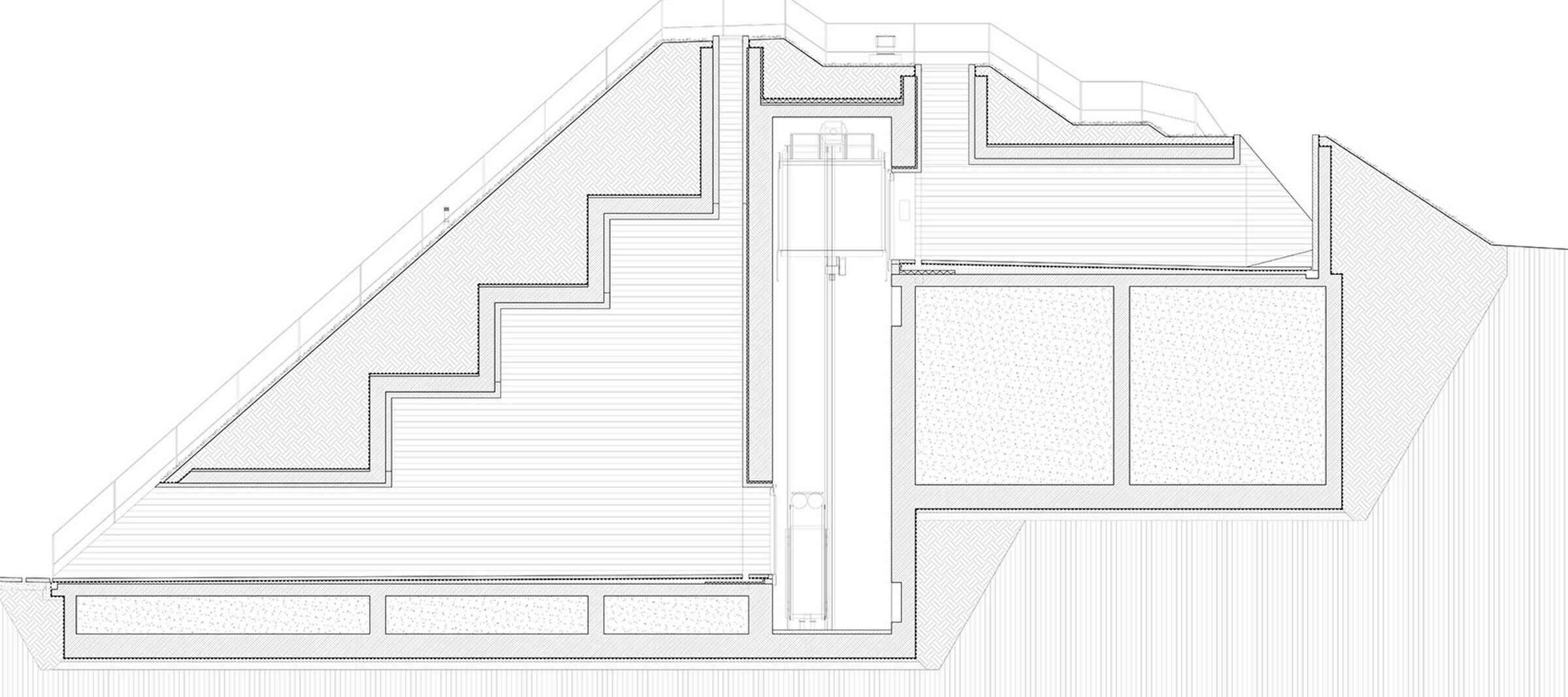In recent years, the area of the 19th-century Warsaw Citadel in Warsaw, Poland has been undergoing a transformation into a museum complex and memorial site that is unique on a European scale. The historic area, which remained closed to the city for years, is now becoming a representative space commemorating the history of Poland. This is one of the largest public developments among the numerous cultural investments following Poland's accession to the European Union in 2004.
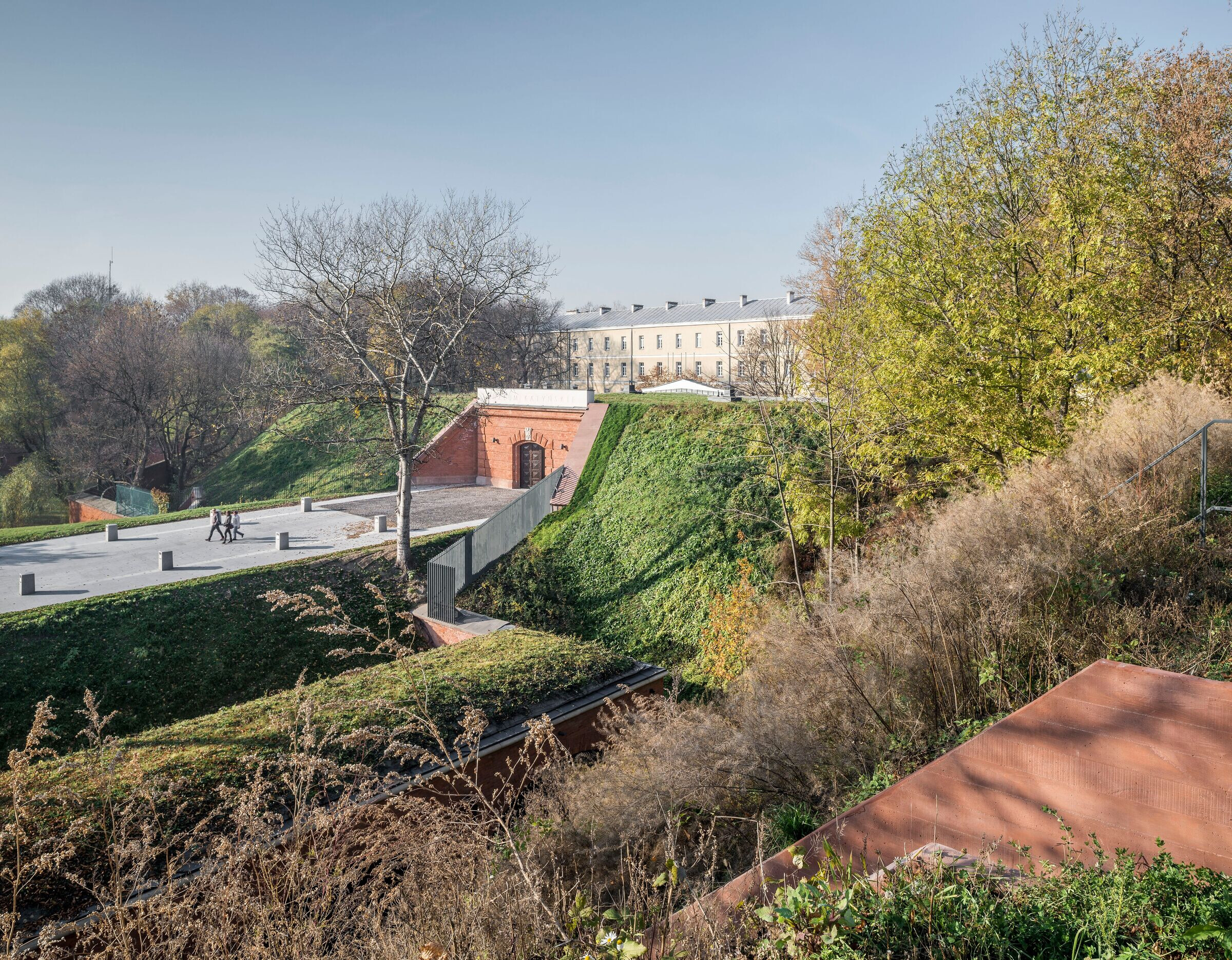
In 2023, the building of the Polish History Museum and the first of two planned buildings of the Polish Army Museum were officially opened to the public. Before that, in 2015, the Katyń Museum was inaugurated. This restrained, minimalist design has become a powerful statement in the discussion on the role of architecture in creating places of remembrance and commemorating difficult or tragic events from the community’s past.
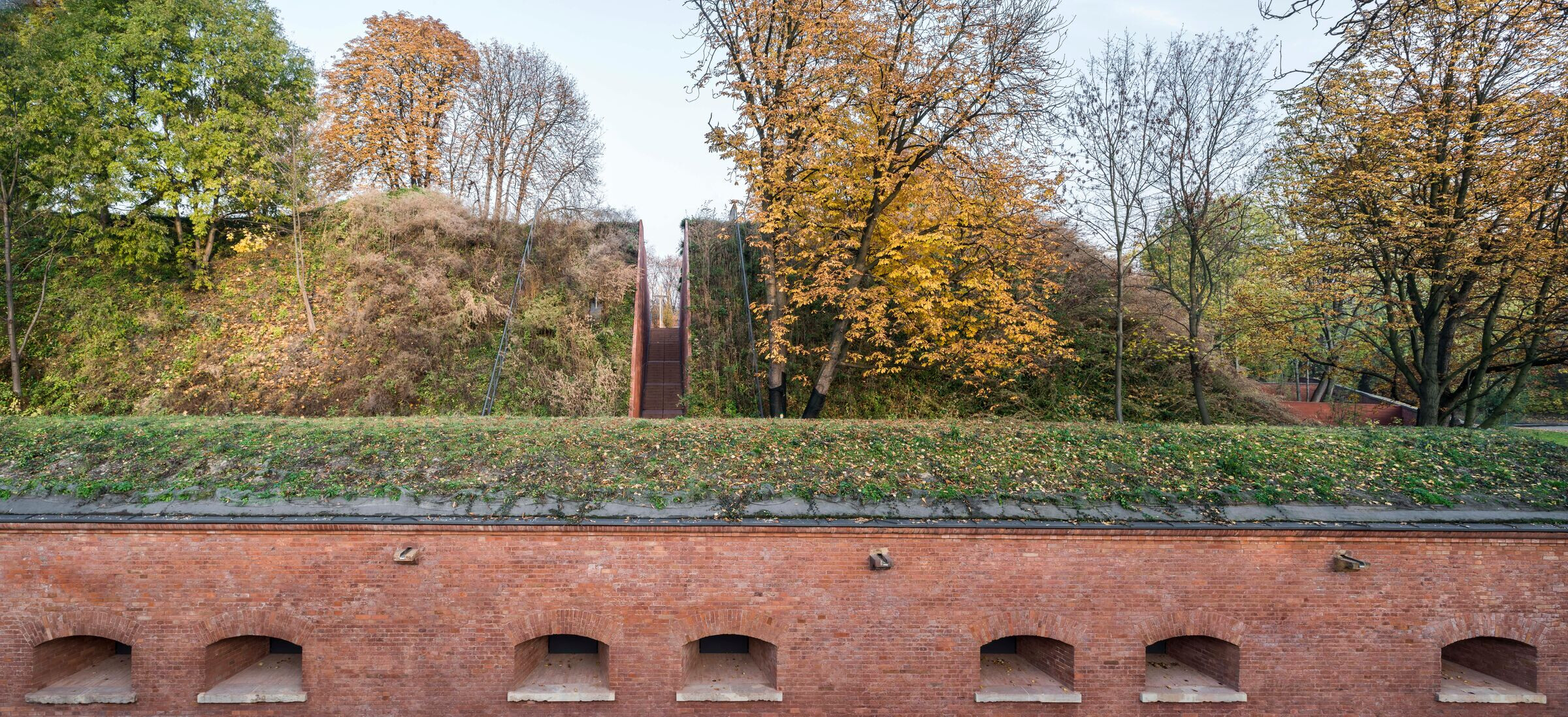
The museum was a finalist for the European Union Prize for Contemporary Architecture – Mies van der Rohe Award 2017 and received Poland’s most prestigious architectural prizes, including the Award of the Association of Polish Architects and the Architectural Prize of the Mayor of Warsaw. Soon, it will be 10 years since the Katyń Museum was established. However, its architectural expression remains just as relevant.
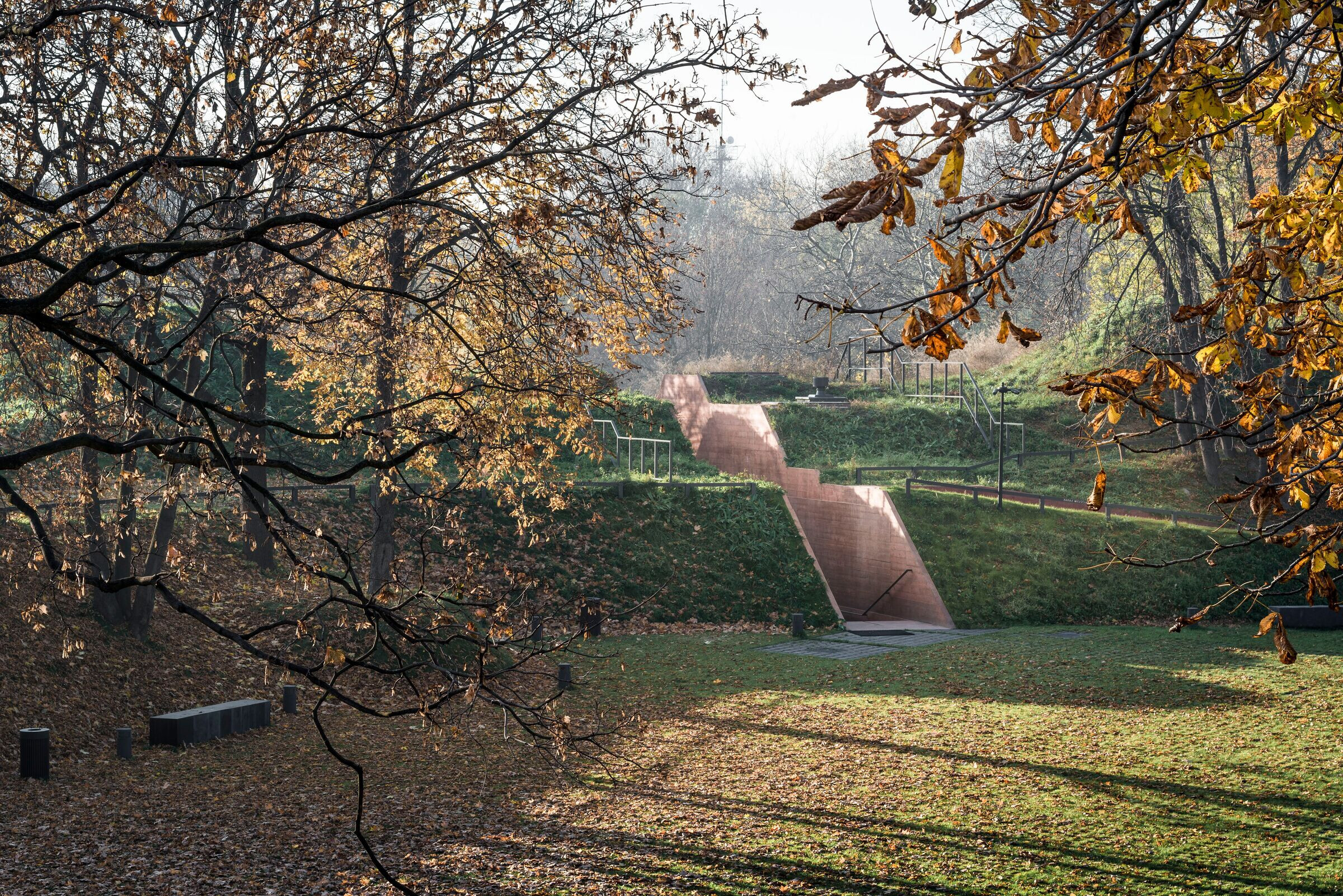
Architecture of Difficult Memory
The Katyń Museum project posed questions to architects about how to use the language of architecture to tell the stories of difficult, tragic events and create a space that honors both the memory of the victims' families and collective remembrance. One such event is the Katyń massacre, one of the most tragic incidents in Poland’s 20th-century history. To this day, Katyń remains a symbol of the Soviet regime’s brutal policy against the Polish nation.
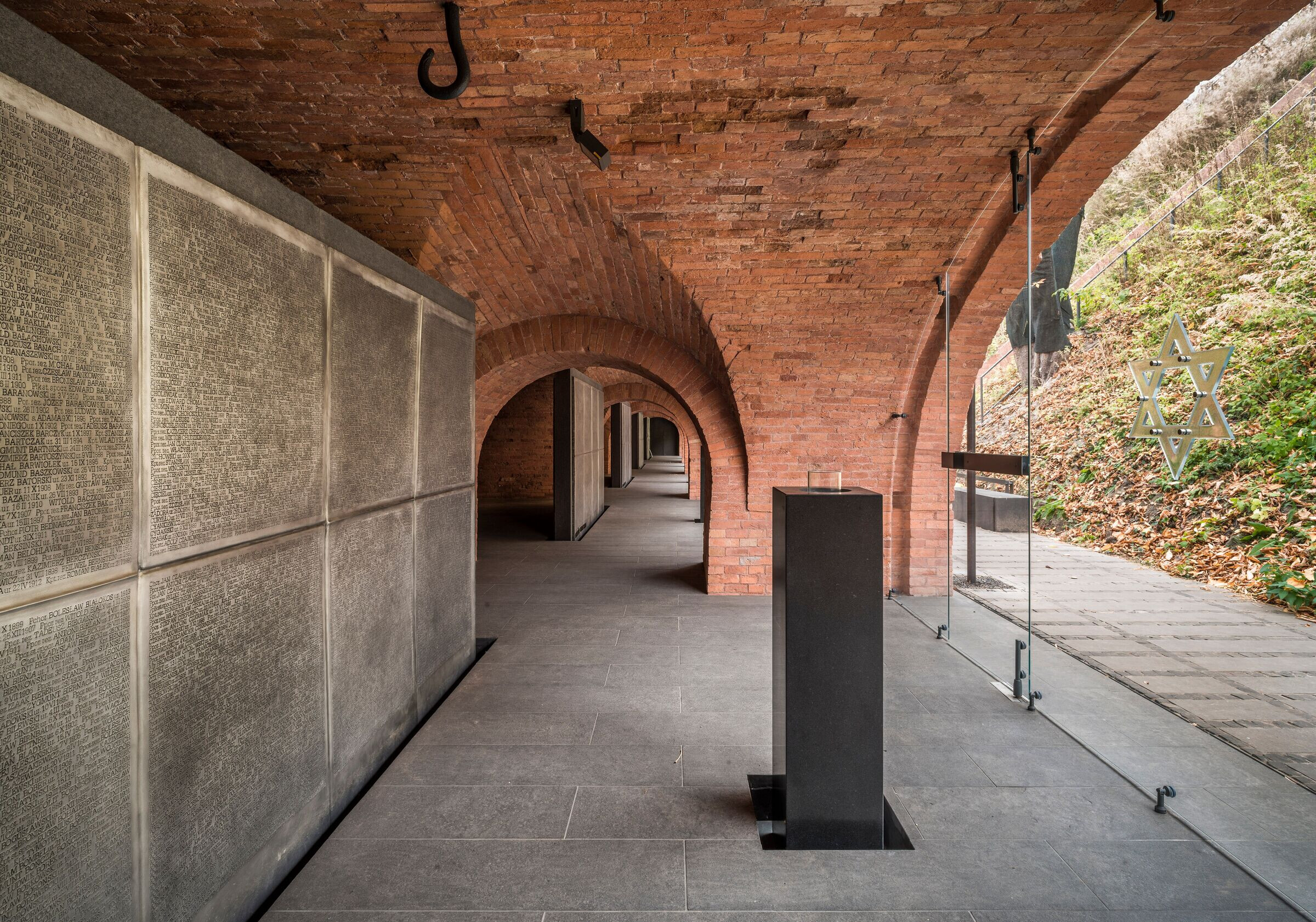
Designed by BBGK Architekci, the Katyń Museum presents the tragic events of the Katyń massacre that took place during World War II and commemorates 22,000 Polish military officers and state officials brutally murdered by Red Army. The Museum’s mission is to restore memory about the Katyń homicide and document its history. It is not just a museum of the murder, but essentially a place created to commemorate the people.
